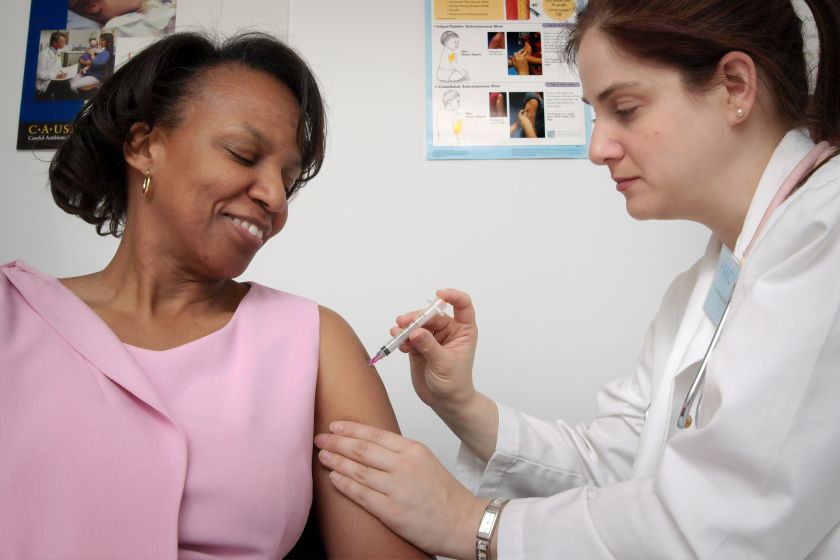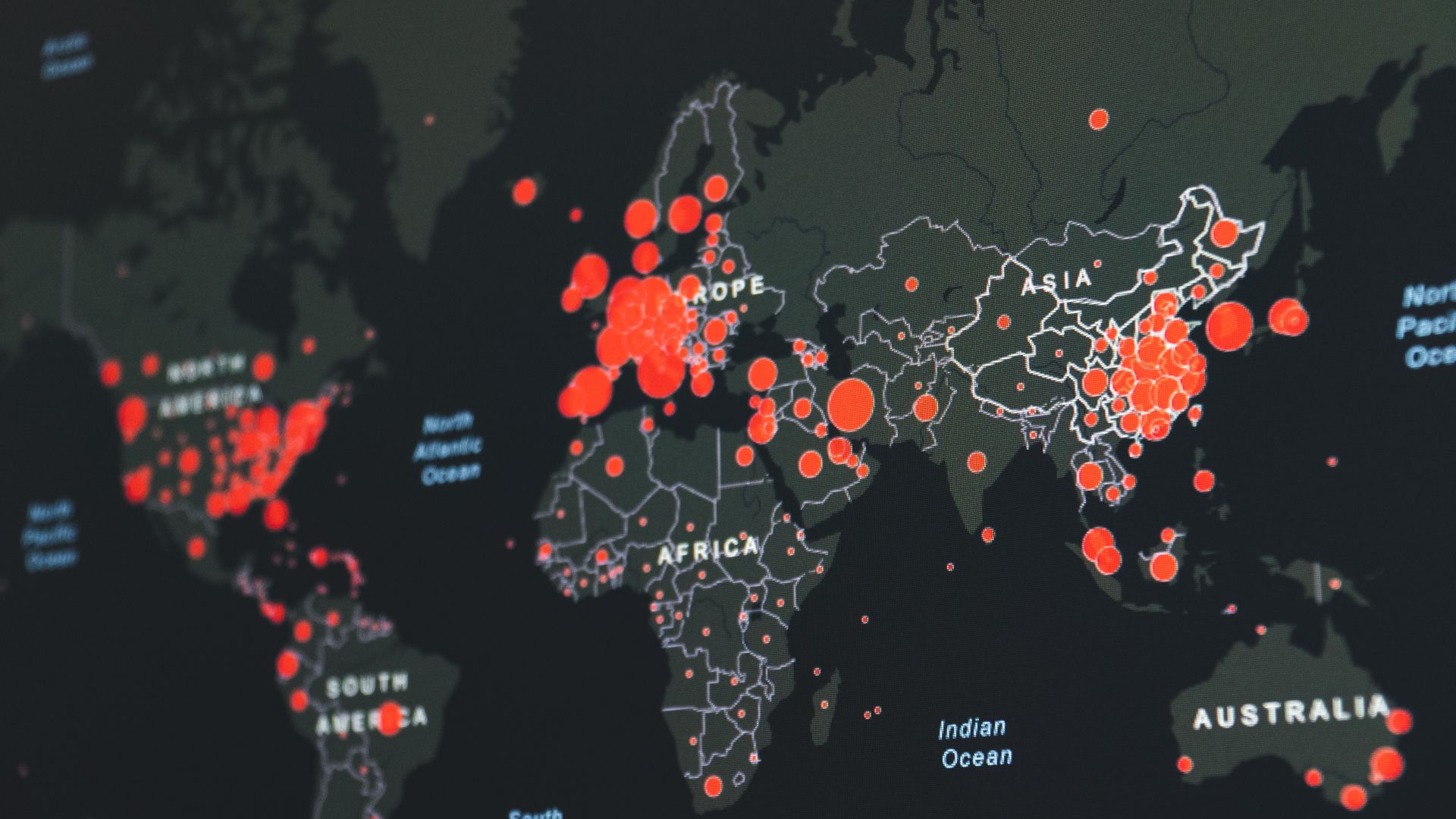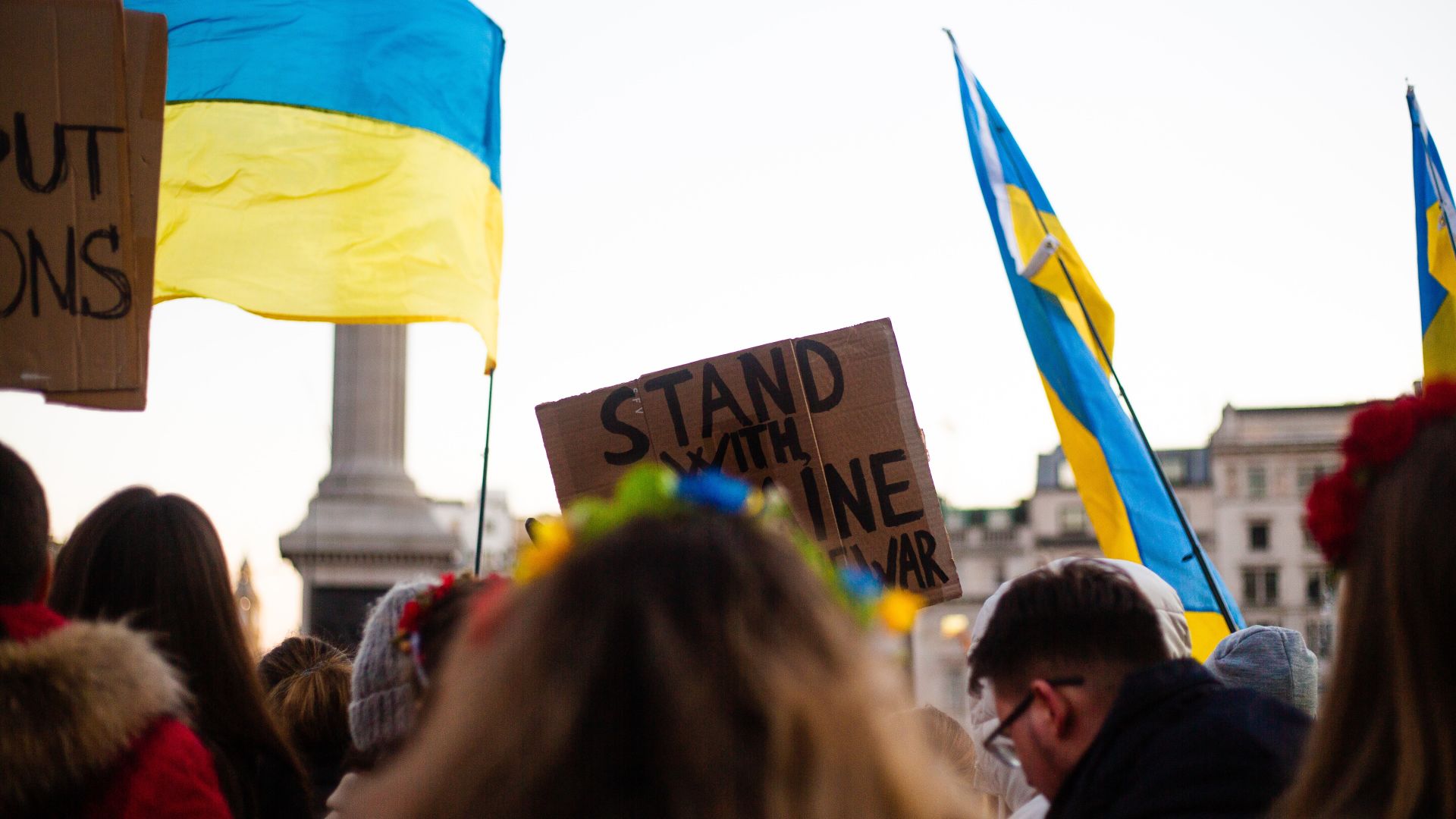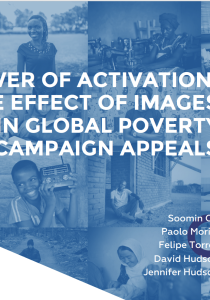
In the second instalment of our series on gender and COVID-19, we look at new data on the British public’s perception of the threat posed by the pandemic. In a set of seven questions posed to online panelists in June 2020, British respondents rated the level of threat COVID-19 presents to themselves, their communities, countries, and the entire world.
Figure 1:
Our first finding is that, irrespective of gender, public perception of COVID-19 as a threat is higher for countries and communities than for the individual. Among women, 24% think COVID-19 poses a threat to them personally, similar to men at 23%. When we ask the same question, but this time about how the pandemic poses a threat to the world, figures jump to 75% for women, and 59% for men. While both groups’ threat perceptions increase, there’s a more substantial jump for women. Ordering the categories from personal to global, like we do in figure 2, shows how the distance increases between men and women in two steps.
Figure 2:
First, perceived threats are basically the same when it comes to the personal sphere. When considering families and local communities, a gap appears. For 33/34% of women, their families and local communities face a very high or high threat level from the virus. This is true for only 28% of men. In a second jump, 65% of women think their country faces a very high or high threat from COVID-19, men lagging behind at 53% (although notably still the majority) And finally, 75% of women responded that they believe the world faces a high or very high level of threat, compared with only 59% of men. The gender gap in perceptions of threat jumps from 1% in the personal sphere to 16% in the global one.
Does the COVID-19 threat outlook play a role in the gender engagement gap?
Women also reported believing that developing countries face a high or very high level of threat from COVID-19: 78% reported higher perceived threat, compared to 72% of men, a smaller gap than when we ask about threats to the wider world. Perceptions of threat posed by the pandemic to developing countries are significant for three reasons: our data shows us that people who think developing countries face a very high threat from the virus are more likely to think international cooperation is key to tackling the pandemic. They are also more likely to favor protecting or increasing current levels of aid expenditure, and finally, they are more likely to be concerned that COVID-19 could risk setting back progress in the fight against global poverty.
Figure 3:
While it’s clear that women appear more receptive to risk-based arguments, the majority of men also agree. This is an opportunity for charities here to find new supporters and re-commit old ones under a new frame: we all face this threat, and while some are hit harder than others, we must all fight against it and protect the progress we've made so far.
In the next and final blog, we look at how women and men think poor countries can be helped in the fight against COVID-19.



































